Cultural
- Home
- About Myanmar
- Cultural
Myanmar (Burma) has a rich cultural heritage reflected in its traditional costume, which varies slightly across ethnic groups but shares common themes of elegance, modesty, and vibrant color. Here’s an overview of the main Myanmar traditional costumes:
Men’s Traditional Costume
Longyi
- A cylindrical cloth worn around the waist, similar to a sarong.
- Often paired with a shirt and jacket called Taikpon.
- For formal occasions, men wear a gaung baung (head turban).
Fabric and Patterns
- Cotton or silk for everyday or formal wear.
- Plaid or checked patterns are common for casual wear; silk and intricate designs are for special occasions.
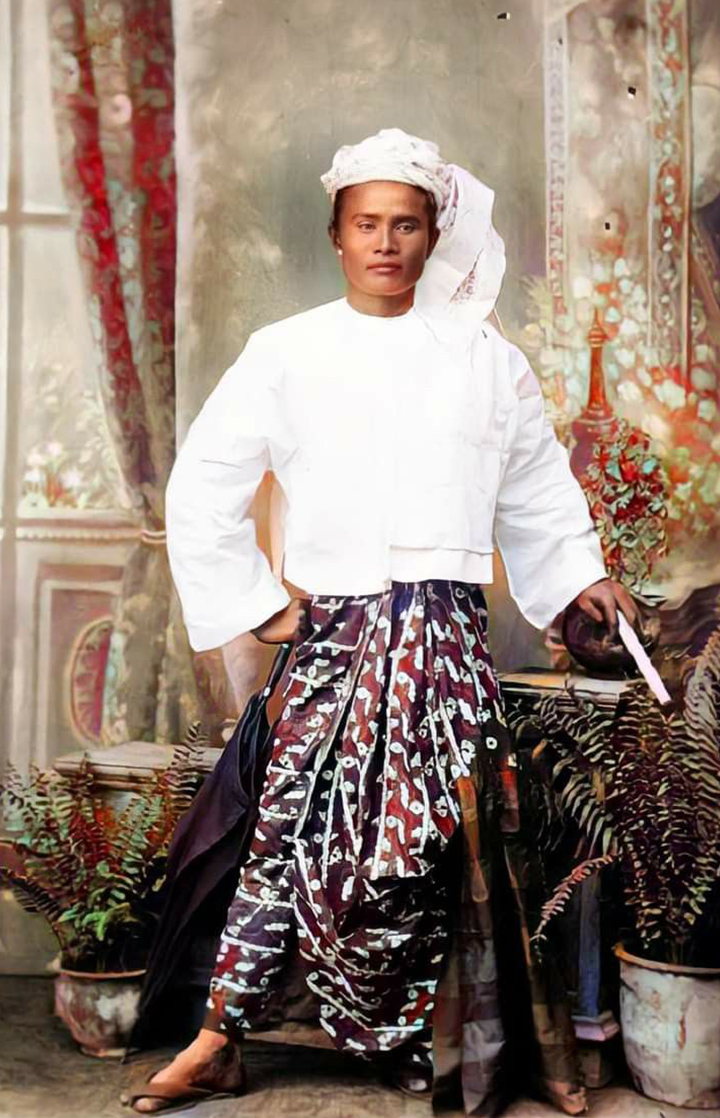
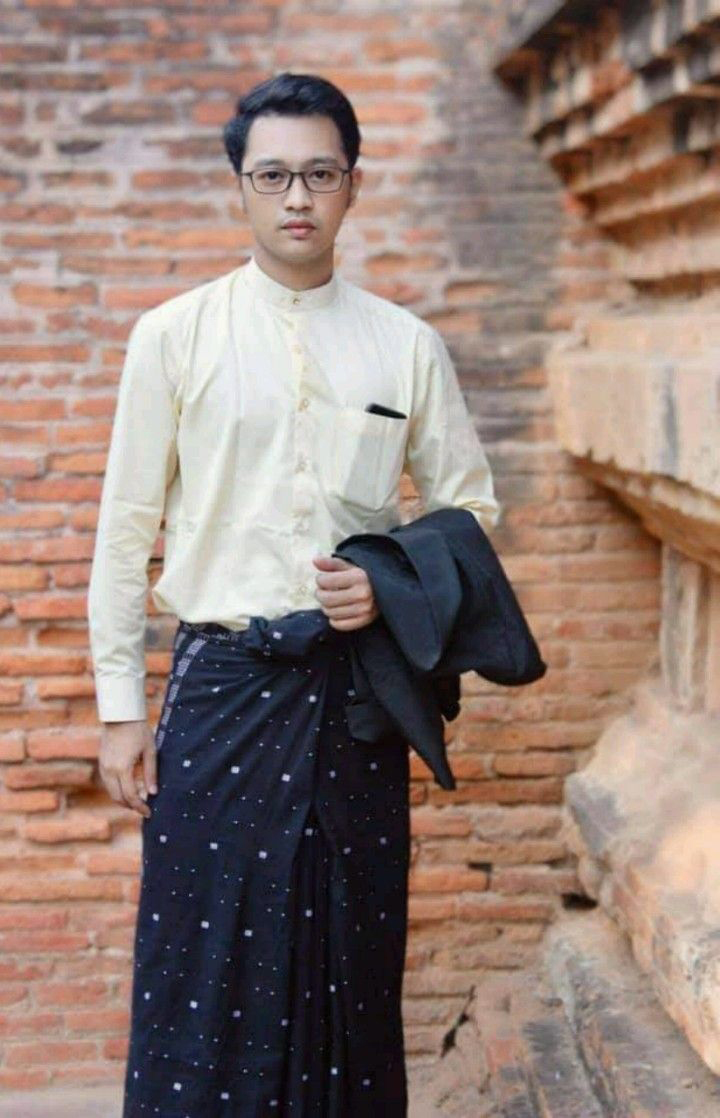
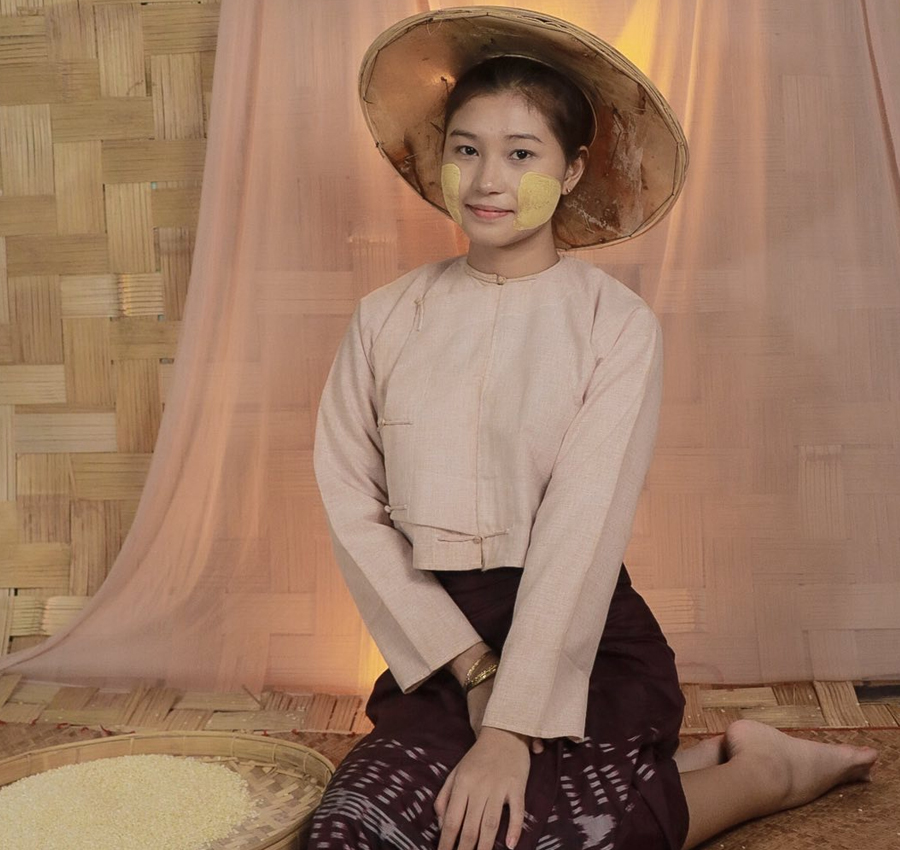
Women’s Traditional Costume
Htamain
- A long, wrap-around skirt worn with a blouse or fitted top.
- Worn higher on the waist than the longyi.
Eingyi
- A blouse that may be short or long-sleeved.
- Decorated with embroidery or lace for formal occasions.
Accessories
- Flowers in the hair (like jasmine), gold jewelry, and sometimes a shawl (yinzi).
Thanaka
Thanakha is a most popular traditional cosmetic and skincare product widely used in Myanmar, known for its cooling effect, fragrance, and beauty benefits.
It has been part of Myanmar culture for over 2,000 years and is used by both women and men—especially children and women of all ages.
What is Thanaka?
Thanaka is a yellowish-white paste made from grinding the bark or wood of the Thanaka tree (typically Limonia acidissima or Murraya species) on a flat, circular stone called a kyauk pyin with a little water.
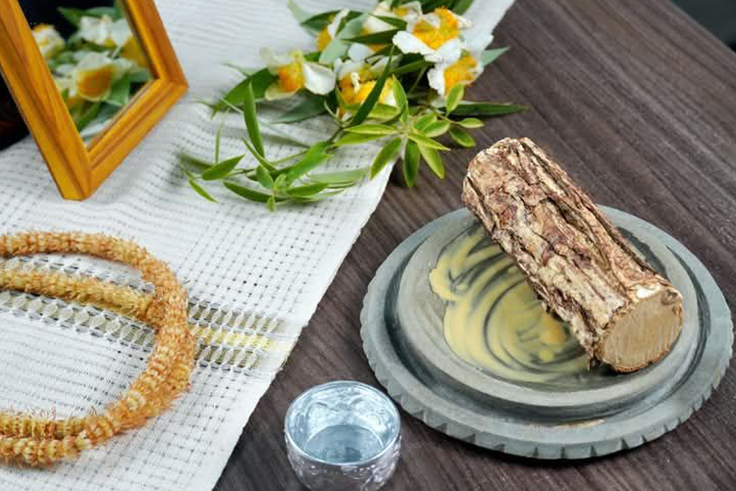
- Applied on the face and arms in circular patches, stripes, or creative patterns.
- Popular designs: leaf shapes, circular dots, or wide smudges on cheeks.
- Sometimes mixed with turmeric, sandalwood, or rose water for extra benefits.
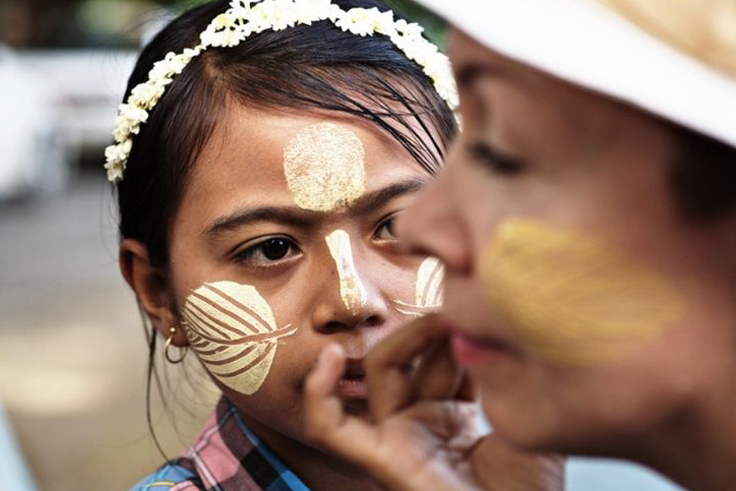
- Natural sunblock – protects from UV rays.
- Cooling effect – helps beat the heat.
- Anti-acne and anti-fungal properties.
- Softens skin and reduces oiliness.
- Aromatic – mild, sweet, and woody scent.
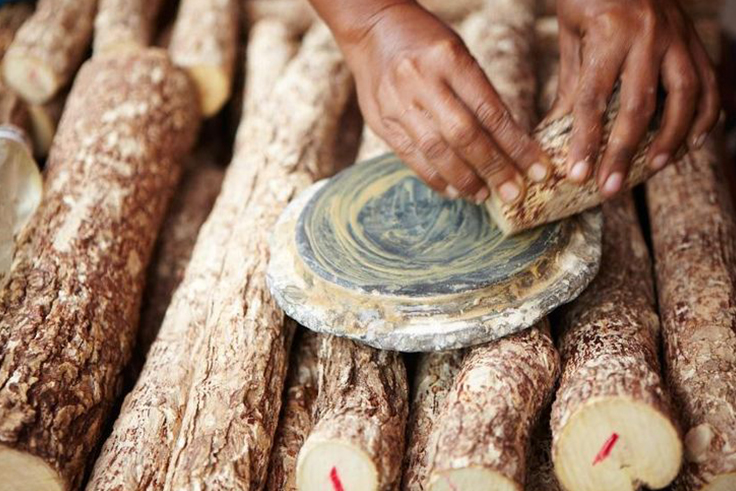
- Symbol of traditional beauty and modesty.
- Commonly worn during festivals, weddings, and dances.
- Even in modern times, many wear Thanaka proudly as part of national identity.
